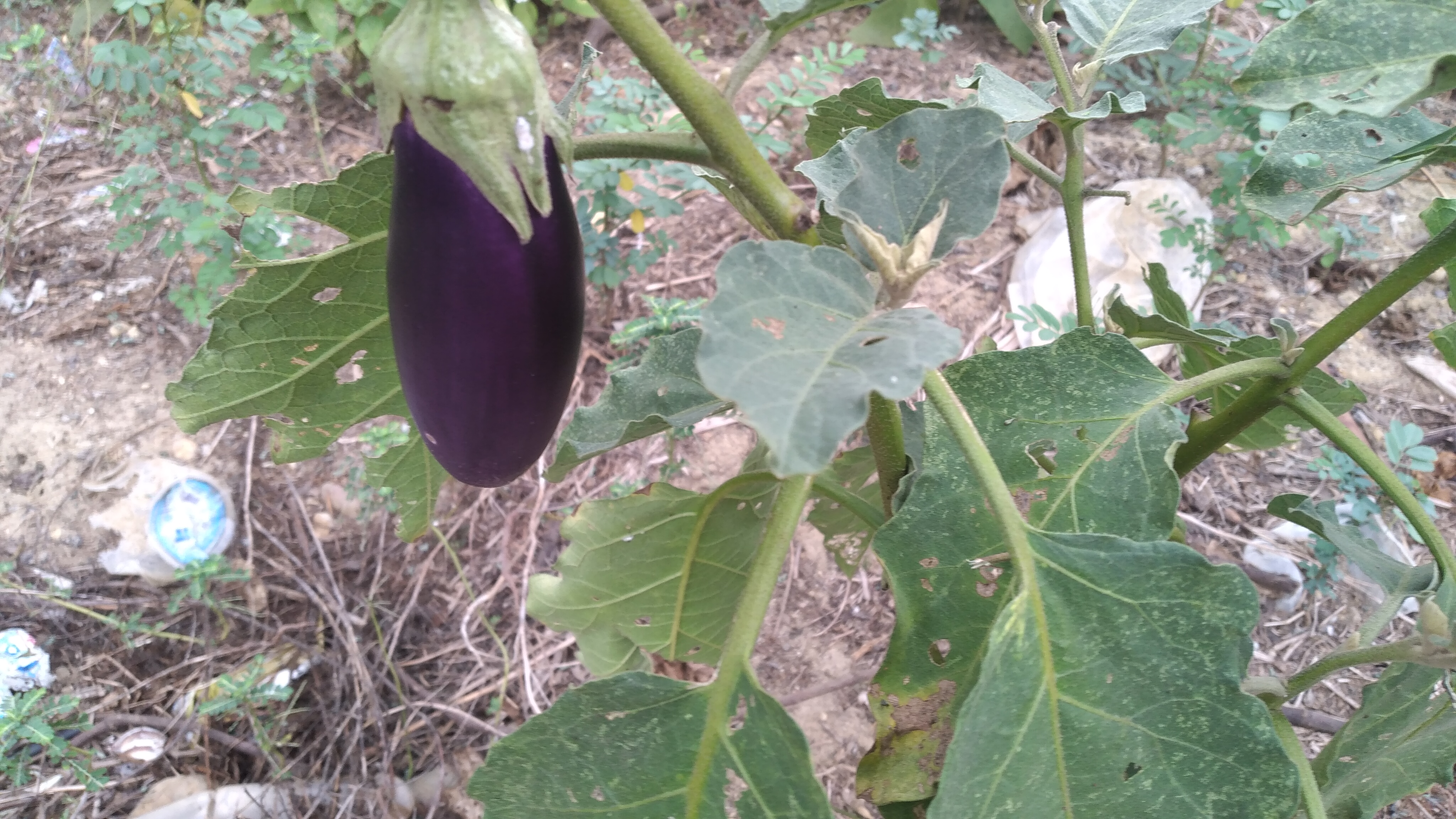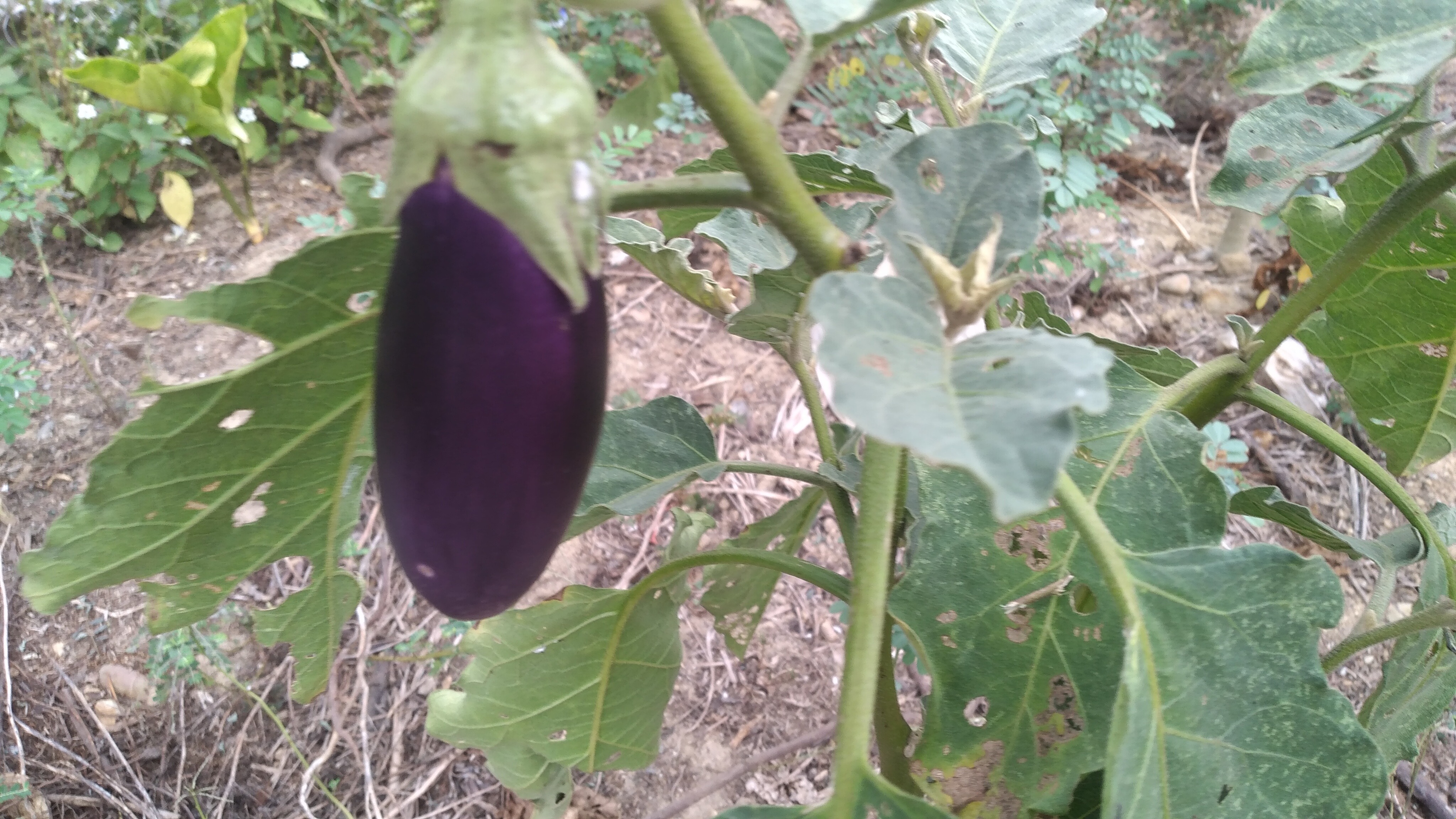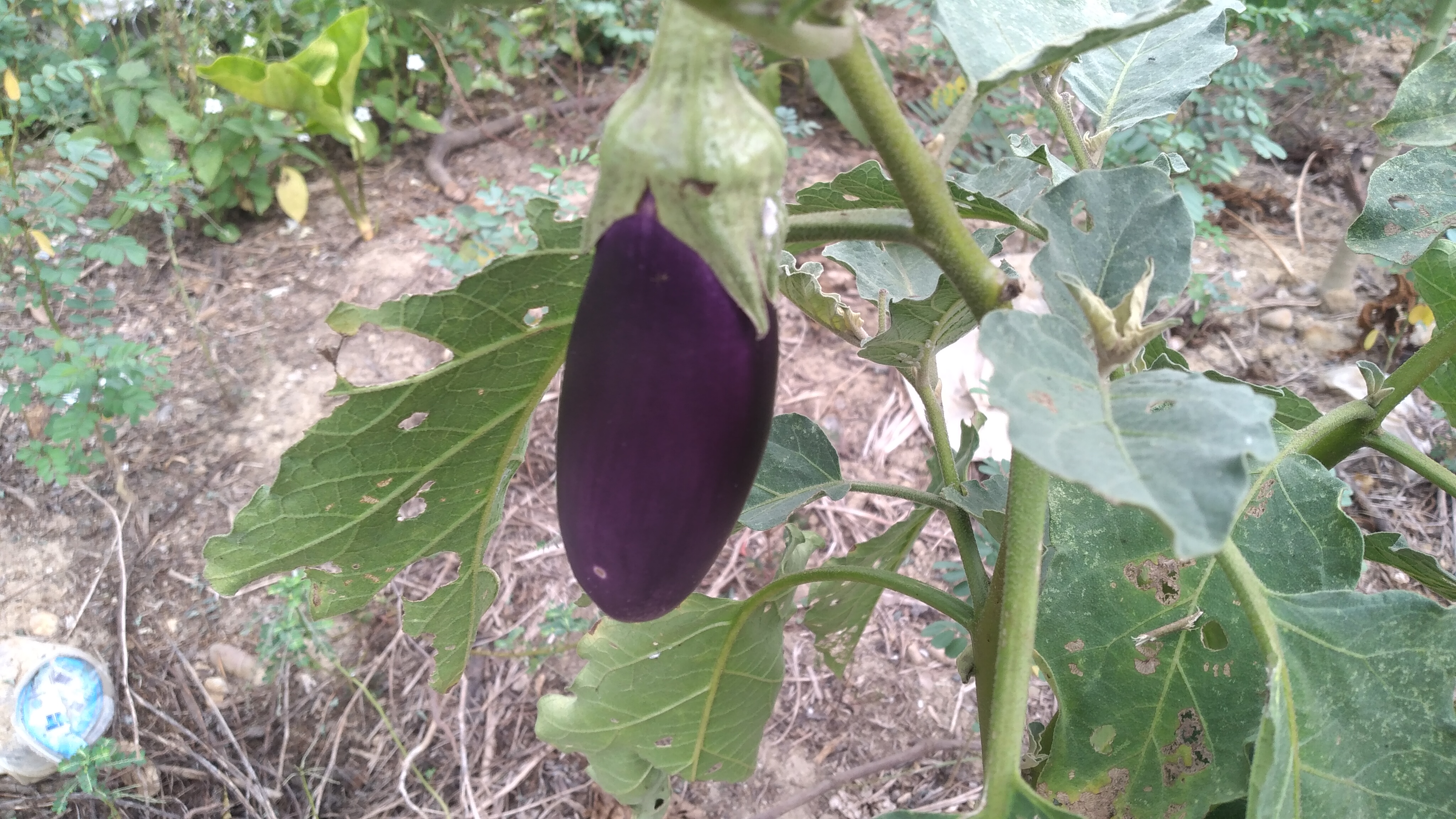Planting purple eggplant trees in the garden
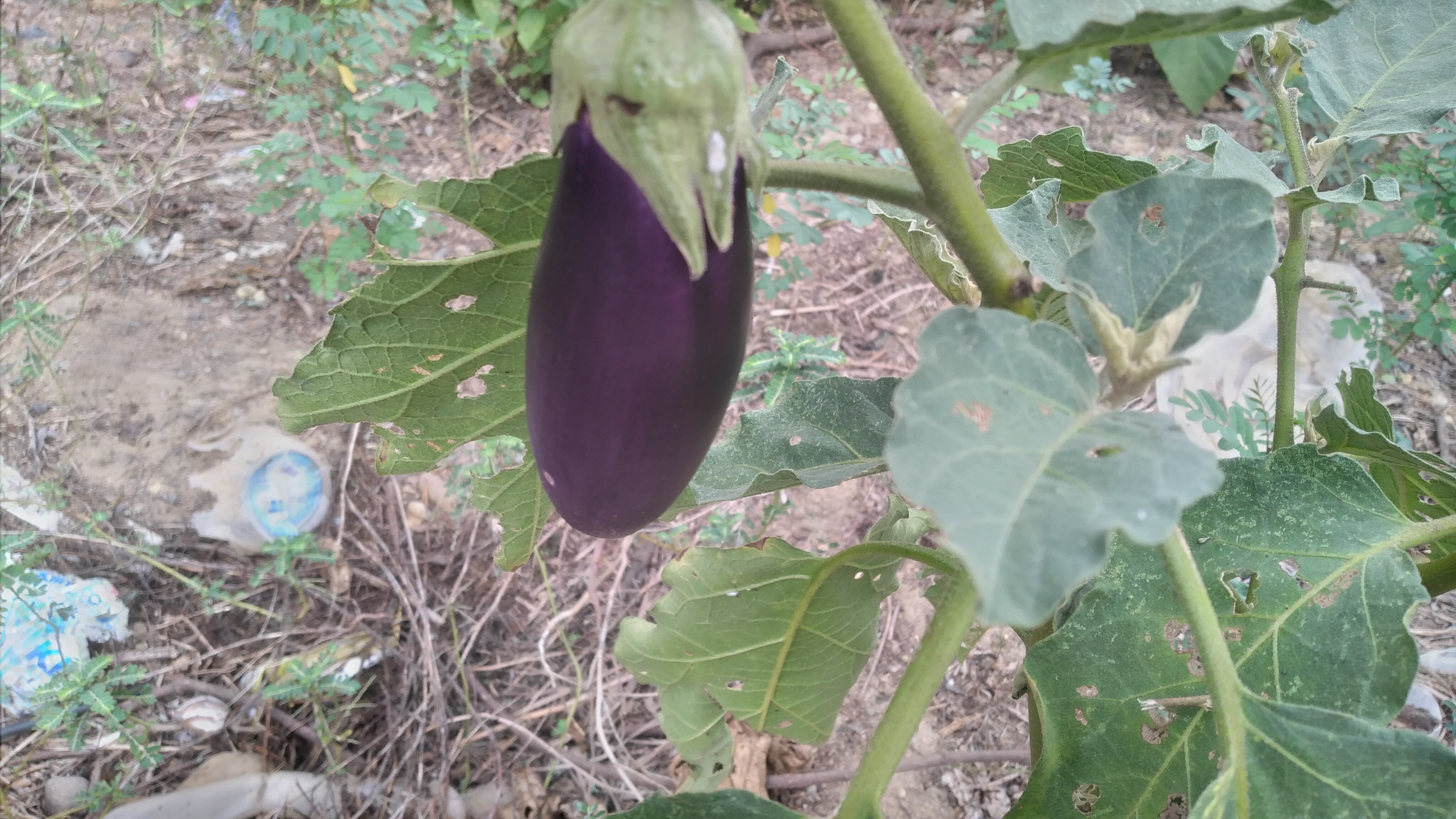
Who knows eggplant? Almost all Indonesian people are familiar with this oval food. The eggplant that we often encounter, namely purple eggplant, is often a companion to other foods in our diet.
Purple eggplant itself is a type of plant whose fruit is purple in color with an elongated round shape and large leaves. This plant has flower colors ranging from white to purple, with plant stems that have thorns. This plant can grow to a height of around 40 cm to 150 cm.
Purple eggplant is known to contain vitamin K, minerals, calcium and bioflavonoids. The ingredients in purple eggplant are known to be useful for treating various health problems such as treating constipation, preventing diabetes, maintaining bones, preventing anemia, and many more.
Luckily, we as Indonesians, have plants that can thrive in this country's tropical climate, including purple eggplant. Indonesia's climate and environmental conditions are supportive, meaning we can grow purple eggplant easily.
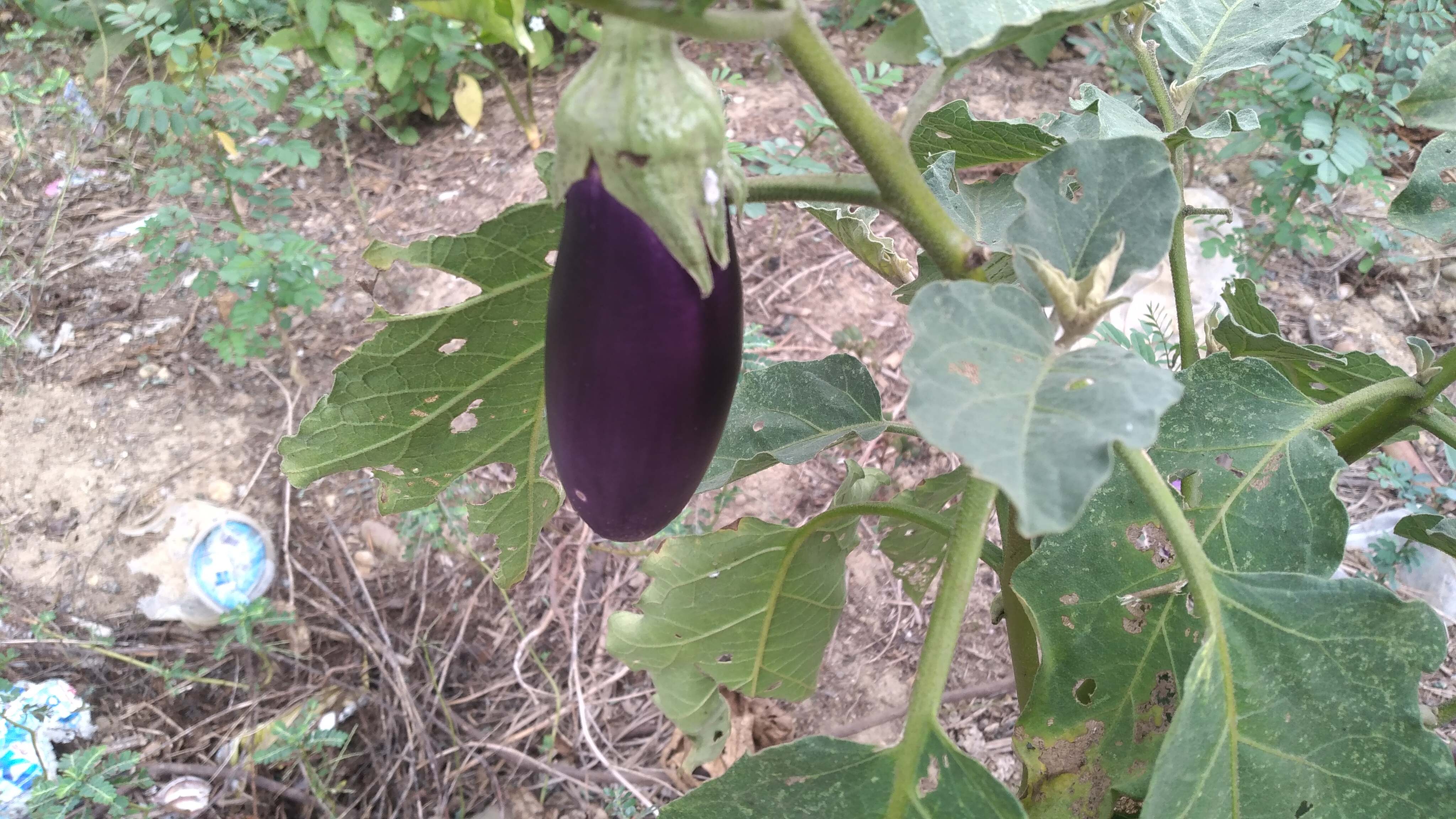
The first way to plant purple eggplant is to choose superior seeds. You can get these superior seeds by buying them at a place that sells nearby plants or from local farmers.
Eggplant seeds that are sold are usually seeds or seeds. There are several ways to determine quality purple eggplant seeds or seedlings. These methods include:
The condition of the seeds is clean and shiny
The seeds have gone through a sufficient rest process
The water content contained in the seeds is quite sufficient
The size, shape and color of the seeds are uniform and do not vary
The seeds are not dirty and mixed with poor quality seeds (defective, empty, or seeds of other plants)
Has fast germination or power to grow, around 80%
If the above seed characteristics have been met, then the next step is to prepare the right planting medium for planting or sowing purple eggplant seeds.
